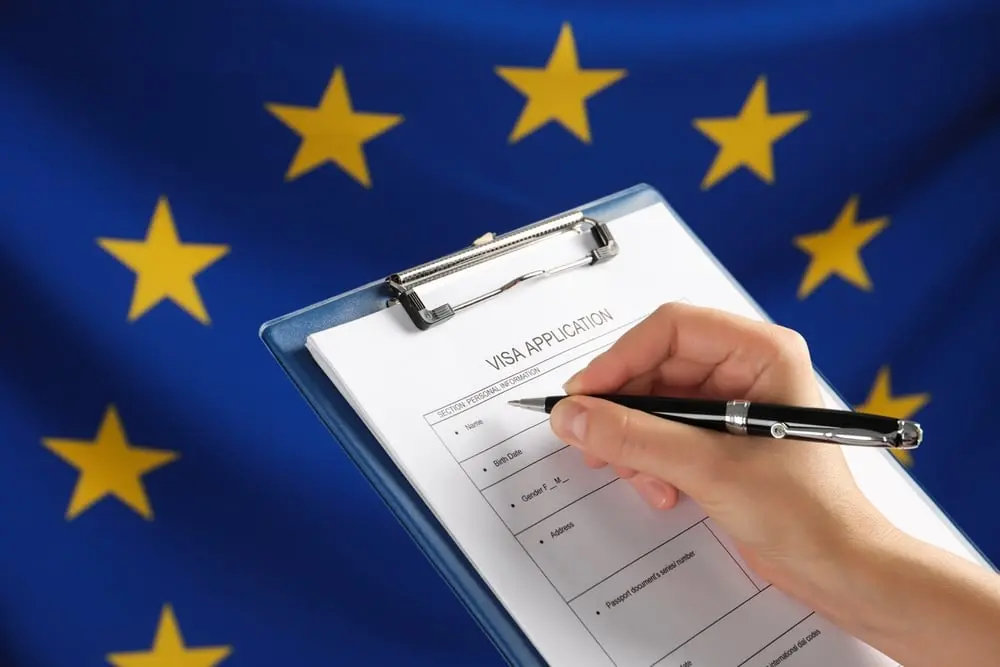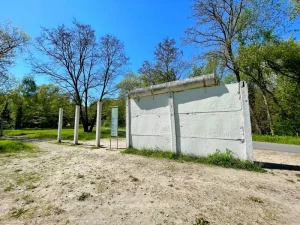What Happens at a Schengen Visa Appointment? Your Complete Journey Guide

Organizing a trip across the Schengen region in Europe? The biggest step in turning your travel ideas into a thing of reality is to book a visa appointment. Although this process might sound frightening, it helps you to overcome your fear when you know what you are getting into during a visit. This comprehensive guide ensures that you are all prepared to take this decisive step by taking you through every single step of your Schengen visa appointment.
1. The Big Day Arrives: Your Arrival Experience
Imaging the weeks you spend on preparing papers, completing documents and dreaming of the cobbled streets of Prague or the sunsets in Santorini. It is the meeting day today. Your initial impression of visa application center that you visit might well be the pleasant and highly ordered atmosphere that is designed to handle hundreds of applications most efficiently.
The welcome staff will check your basic name and appointment proof at the reception desk to start your tour. Consider it more like checking into a critical meeting than a difficult questioning. Similar to a modern bank or government office, you will be given a token number and put in a welcoming waiting room with digital screens that provide the most current service numbers.
This meticulous approach decreases waiting anxiousness and promises justice. This initial step is surprisingly simple for many visitors, especially when compared with their anxiousness before the meeting.
2. Document Verification: The Paper Trail That Matters
You will walk to a marked counter where qualified personnel will review your neatly collected document collection when your number comes on the digital display. This is a proof method to make sure your application is proper and full, not a test to catch you off guard.
The staff will carefully compare all relevant papers, including your passport’s validity and trip insurance coverage, to their checklist. Before going on, they will guide you through the answer if something tiny is missing or needs clarification. Applicants who expect a more strict, scary meeting are typically shocked by our joint approach.
Keep in mind that these specialists truly want to see you achieve and analyze hundreds of applications every week. Their understanding typically finds tiny mistakes that might cause processes to be delayed, sometimes saving you weeks of waiting.
3. Biometric Data Collection: Your Digital Identity
One of the most technologically complicated parts of getting visas nowadays is the biometric collection method. You’ll be brought to a separate room with state-of-the-art cameras and scanners handled by professional experts who ensure exact data capture.
Each finger is pushed into a computer reader to scan a fingerprint, which takes only a few minutes. The operation is short and painless, but the greatest benefits are guaranteed if you follow certain ideas. In order to avoid problems, it is recommended to book an appointment after any brief finger injuries or decorations, such as henna, have healed or removed.
Even if you provided pictures with your application, the digital photo session still offers a high-quality image for your visa. Expert lighting and positioning ensure that the picture meets the hard international standards needed for official records.
Interestingly, because member states share a Visa Information System, you are not needed to repeat this stage if you gave biometric information for any Schengen application within the previous 59 months.
4. Understanding Schengen Tourist Visa Interview Questions and Answers
There will always be candidates that will not have an interview, but the fact that you are ready to answer can only show that you are fit and ready to put in the effort. The interviews are conducted when the visa officer needs more details regarding paperwork or travel plans, or he/she is concerned about the application of yours.
Whether the purpose of your visit to the Europe, what your fiscal capacity, employment status, and your relations with your own country is all usual questions that are asked in an interview. Answers from successful applicants are frequently clear, genuine, and totally consistent with the supporting materials they have provided. Practice using straightforward, self-assured language when describing your holiday plan, housing choices, and return arrangements.
Effective handling of Schengen tourist visa interview questions and answers involves careful planning and open communication. Candidates that show real travel plans and practical planning are noticed by officers.
5. Financial Transactions: Securing Your Application
Following a successful biometric collection and document checking, payment handling will continue. The standard cost of a Schengen visa is simple: 90 euros for adults and 45 euros for children ages 6 to 11. Generally speaking, fees are removed for children under six.
While each facility offers different payment methods, most handle bank withdrawals, cash, or credit cards. The entire payment method is expedited if you have chosen to employ additional services like courier delivery or SMS tracking updates, as these costs are handled concurrently.
Your unique tracking number, which works as your key to check the status of your application via online sites or mobile apps, will be included in the detailed receipts you receive.
6. The Waiting Game: Processing and Beyond
Patience is your best friend once your entry enters the working stage. Processing normally lasts between 5 and 15 business days but this may vary depending on the agency and your circumstances. The schedules can be elongated, however, in the summer seasons, or lucky events like major European events.
Avoid modifying your vacation plan or calling the processing center too much during this time. Real-time updates are given via your tracking number, and the majority of centers give multiple routes for suitable inquiry.
7. The Final Chapter: Results and Next Steps
You will be contacted via the communication choice of your choosing once processing is finished. Rejected applicants receive detailed reasons that assist them to enhance their applications in the future, while successful candidates can pick up their passport with the appropriate visa sticker attached.
Authorized visas give entry to fantastic European activities, such as wine sampling in Tuscany and museum hopping in Paris. Even though they are disappointing, rejected applications generally point out certain areas that require growth for later tries.
Filing a Schengen visa is not as routine as it may sound, it is a passport to exploring Europe. This step can be transformed into a manageable step towards life-changing trip experiences when one is well prepared, aware of the process, and does not have high or unrealistic expectations. Remember that many thousands of other tourists complete this procedure successfully each and every day and all you need to do is to use the right approach, and in the nearest future, you will be traveling around the wonders of Europe as well.



